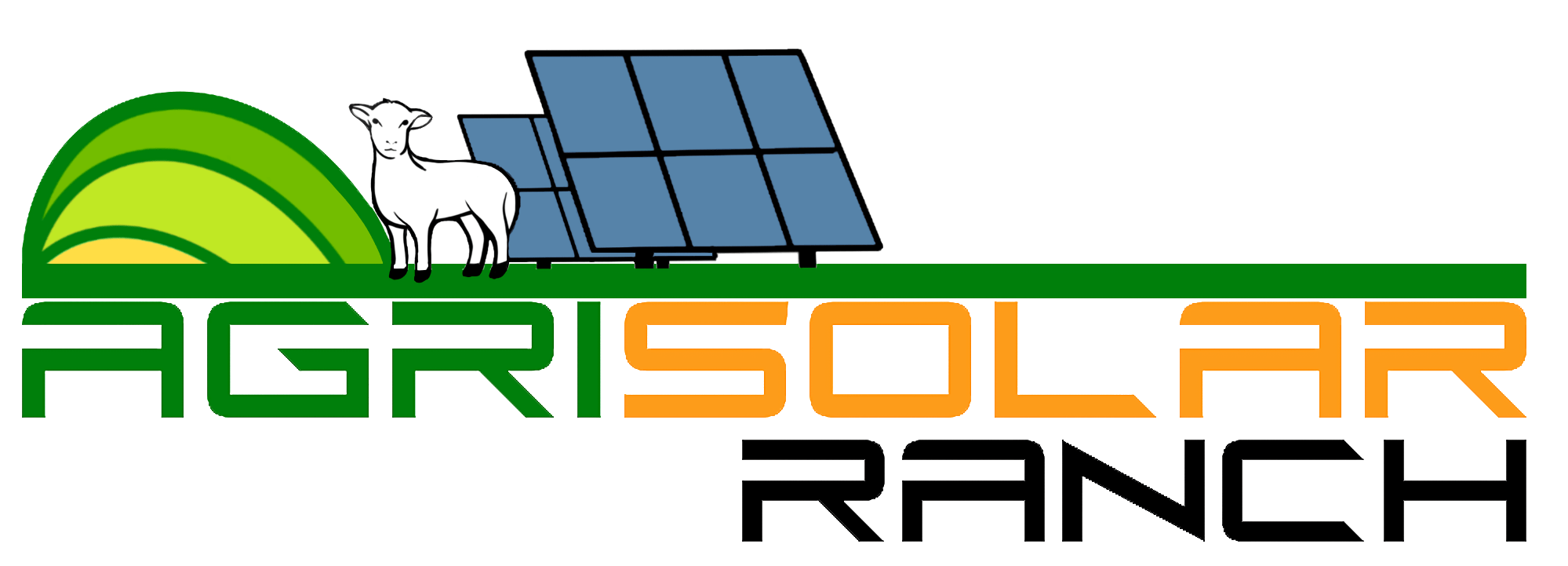Isn’t solar development taking away valuable farmland?
Not at all. Solar farms and agriculture can coexist in a way that keeps the land productive. Beyond sheep grazing, solar farms can support pasture-raised chickens, geese, and cattle, as well as certain crops like vegetables, herbs, and pollinator-friendly plants. This dual-use approach maximizes land efficiency while contributing to food production and renewable energy.
But doesn’t installing solar panels ruin the soil?
Solar farms actually protect and improve soil health. Many sites are planted with native grasses, clover, or other cover crops that prevent erosion, enhance soil fertility, and create habitats for wildlife and pollinators. By reducing heavy machinery use, the soil also gets a chance to recover, making it healthier for future agricultural use.
Why not just use that land for crops or livestock instead?
Many solar sites are located on marginal or underutilized farmland—areas not ideal for intensive farming. Solar farms allow for dual-use practices, meaning the land can support livestock like sheep, chickens, or cattle, and even grow vegetables or specialty crops like garlic, beans, or squash beneath and around the panels. These practices diversify farm income and maintain the agricultural value of the land.
Doesn’t this mean less food production?
On the contrary, solar farming enhances food production in creative ways. Forpasture-raised livestock can thrive under and around solar panels, and shade-tolerant crops can be grown in the same spaces. This approach, known as agrivoltaics, optimizes land use, providing both clean energy and agricultural output.
Won’t solar farms drive farmers out of business?
Solar farms are helping farmers stay in business by offering additional revenue streams. Farmers can lease their land for solar development or grazing contracts while continuing agricultural activities like livestock grazing or growing crops. This stable, long-term income supports farmers during tough times and helps them keep their land.
Aren’t solar panels an eyesore in rural landscapes?
Beauty is subjective, but solar farms are far less intrusive than other forms of energy production. Many projects incorporate agrivoltaic practices, like vegetable farming or pasture-raised livestock, to preserve the land’s rural character. Solar farms can also include visual buffers like hedgerows or native trees to blend seamlessly into the landscape.
Does solar grazing impact wildlife?
Solar grazing benefits local wildlife. The native plants and grasses grown around panels create habitats for pollinators, birds, and other species. Grazing livestock like sheep, chickens, or geese also help maintain vegetation in a way that mimics natural ecosystems, enhancing biodiversity.
What happens to the land when the solar panels are no longer used?
At the end of a solar farm’s life (typically 25-30 years), the panels and infrastructure can be removed, leaving the land ready for other uses, including traditional farming. In the meantime, solar farms help preserve the land’s health, making it viable for future agricultural endeavors.
Isn’t solar just a fad that will disappear?
Renewable energy is a cornerstone of sustainable development, with solar playing a key role. As technology advances, agrivoltaics—combining agriculture and solar energy—will continue to grow, offering innovative ways to use farmland for food production and energy generation simultaneously.
